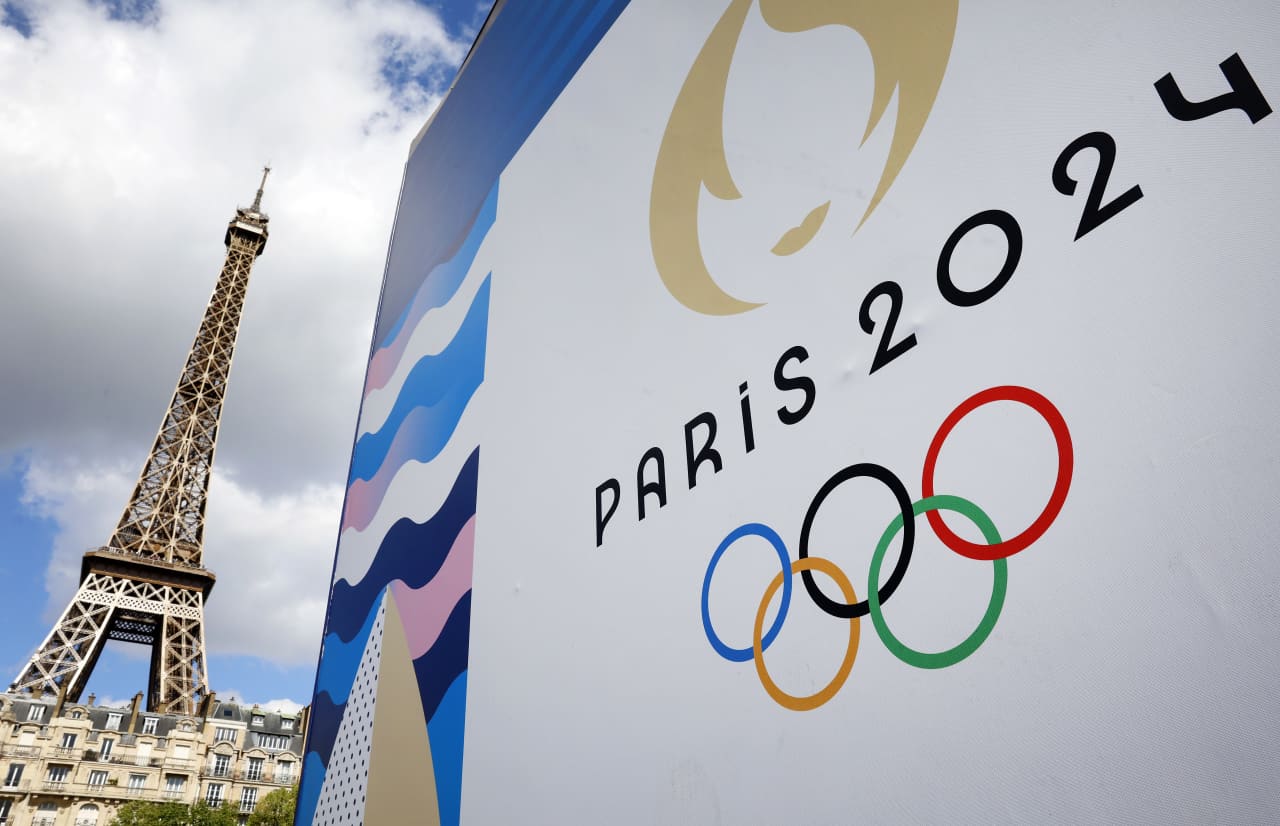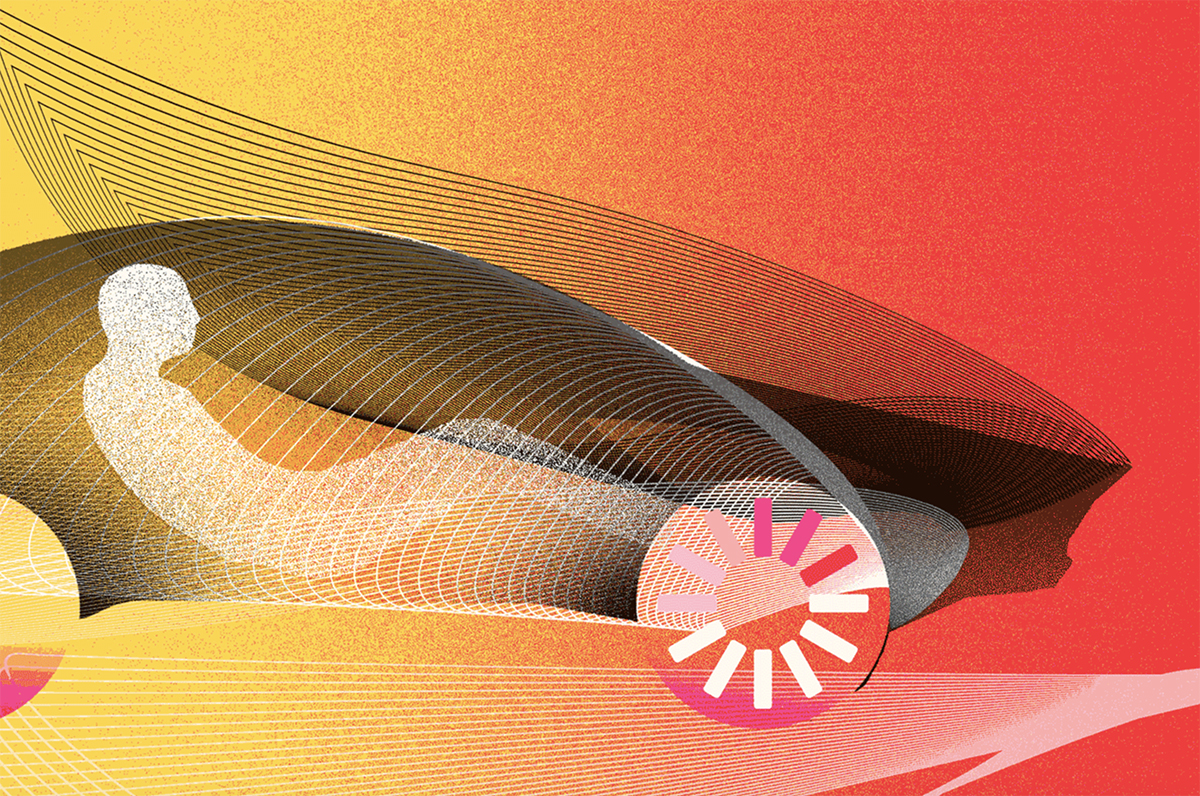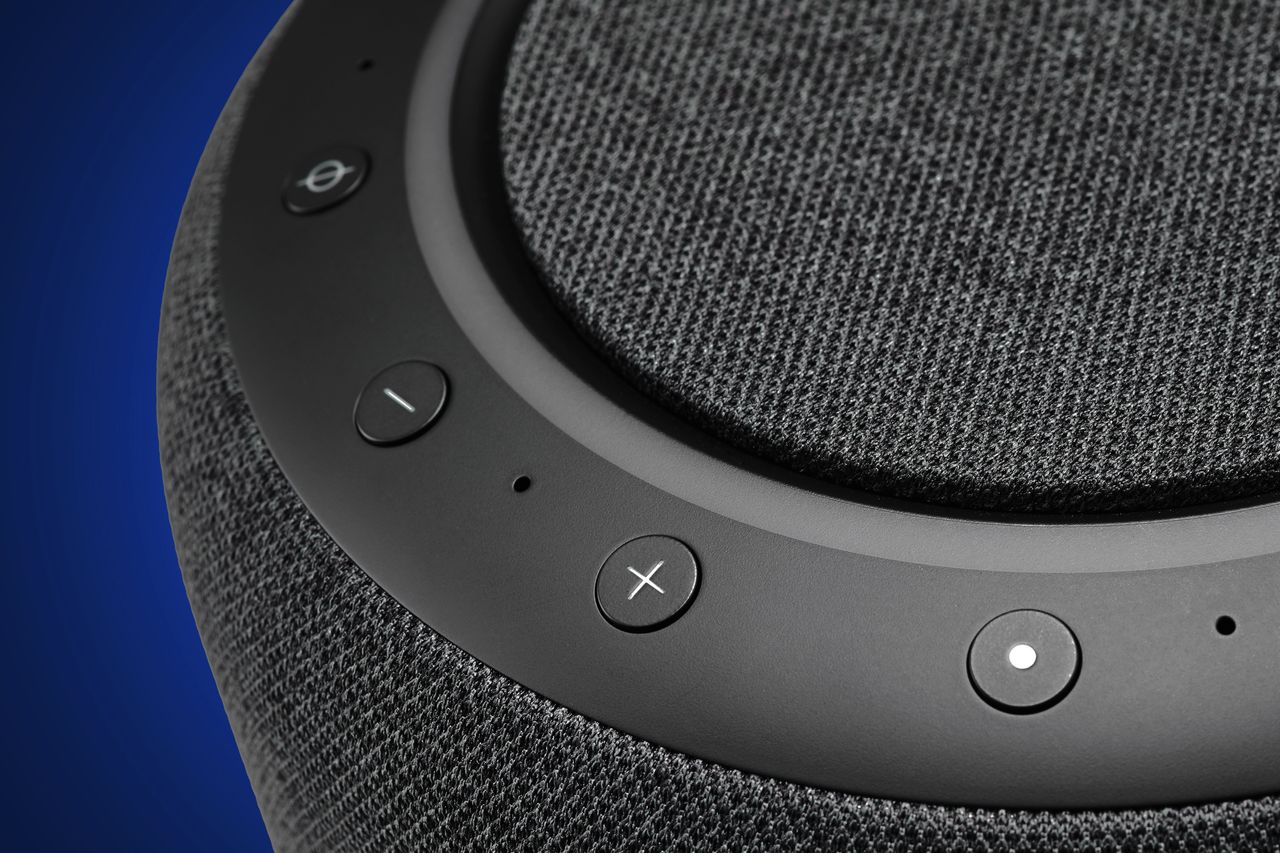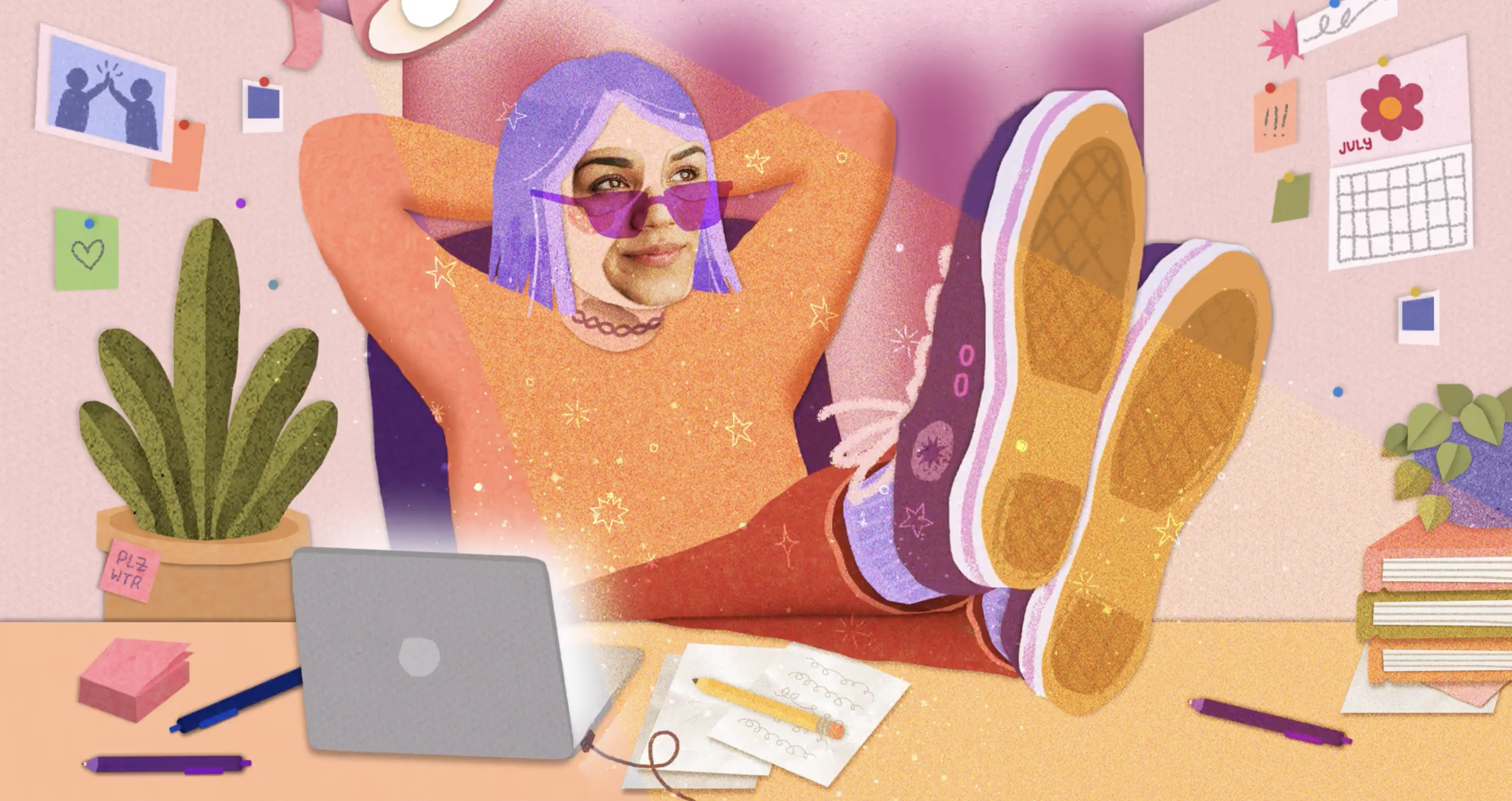Your Next Car May Anticipate Your Needs
Automakers are developing intelligent vehicles that spot motorists’ wants and let them subscribe to options after the sale.
The next time you buy a car and fret about whether or not to splurge on that snazzy new feature, fear not: Chances are you’ll be able to download it later.
In the past, the ordeal of deciding which features you could afford and which you could live without may have been painful and time-consuming, mainly because you would be stuck with whatever suite of options you chose until the time came to buy another car.
Those days are quickly fading as cars morph from vehicles to get around town to artificial intelligence-enabled, smartphone-like connected devices packed with software for work and play. In the near future, cars won’t only be able to constantly update and adapt to situations months and years after the time of purchase, they will be able to use AI to anticipate the needs of drivers and passengers and tailor their offerings accordingly. This also has the potential to create a new business model for automakers, with car owners paying on-demand fees or monthly subscriptions to get access to new features.
Automakers like General Motors Co., Ford Motor Co., Volkswagen AG , BMW AG and Mercedes-Benz are shifting from banging metal to software-centred design with which they hope to make money even after they have sold you the car.
Tesla Inc. has been doing this for years. Early on, it took control of the software development process, from chip design to AI systems. The company is already collecting huge amounts of data from customer vehicles that it uses to improve the car’s systems through over-the-air updates, which automatically and remotely update the car’s software, just like with a smartphone. Tesla offers subscriptions for what it calls “Premium Connectivity,” which covers things like video streaming and live traffic visualization. Chief Executive Elon Musk has raised the possibility that Tesla could offer its advanced driver-assistance package as a subscription but has not launched that yet.
If the smartphone experience holds lessons, analysts say, it is that people do take advantage of the opportunity to allow technology to help them personalize their experiences. Inside the car, digital assistants and sensors that observe passengers allow the car to learn about them and adapt to their routines.
“In shared mobility you will be able to port your mobile world,” says Mark Wakefield, global co-leader of consulting firm AlixPartners’ automotive practice. “Even things like sound isolation where you can be in a [vehicle] with other people and you can’t hear them, you only hear your own music.”
Subscription features aren’t limited to personal preferences. Data generated in traffic in real time could also be turned into a business, making certain information available for paying customers.
A host of safety and advanced navigation features could come standard or available with a premium subscription as cars become more connected and exchange real-time information directly, instead of routing the data through a cloud, says Giovanni Lanfranchi, chief technology officer of Here Technologies, a digital mapping company owned by a group of big auto makers.
Here is working on a pilot project that uses car-to-car communication to predict traffic situations just five minutes ahead, using AI and machine learning to achieve up to 95% accuracy.
“This is something that only a machine can understand,” he says. “I’m learning about you to offer a better experience.”
—Rebecca Elliott contributed to this article.
Reprinted by permission of The Wall Street Journal, Copyright 2021 Dow Jones & Company. Inc. All Rights Reserved Worldwide. Original date of publication: July 7, 2021
 Copyright 2020, Dow Jones & Company, Inc. All Rights Reserved Worldwide. LEARN MORE
Copyright 2020, Dow Jones & Company, Inc. All Rights Reserved Worldwide. LEARN MORE
This stylish family home combines a classic palette and finishes with a flexible floorplan
Just 55 minutes from Sydney, make this your creative getaway located in the majestic Hawkesbury region.
As Paris makes its final preparations for the Olympic games, its residents are busy with their own—packing their suitcases, confirming their reservations, and getting out of town.
Worried about the hordes of crowds and overall chaos the Olympics could bring, Parisians are fleeing the city in droves and inundating resort cities around the country. Hotels and holiday rentals in some of France’s most popular vacation destinations—from the French Riviera in the south to the beaches of Normandy in the north—say they are expecting massive crowds this year in advance of the Olympics. The games will run from July 26-Aug. 1.
“It’s already a major holiday season for us, and beyond that, we have the Olympics,” says Stéphane Personeni, general manager of the Lily of the Valley hotel in Saint Tropez. “People began booking early this year.”
Personeni’s hotel typically has no issues filling its rooms each summer—by May of each year, the luxury hotel typically finds itself completely booked out for the months of July and August. But this year, the 53-room hotel began filling up for summer reservations in February.
“We told our regular guests that everything—hotels, apartments, villas—are going to be hard to find this summer,” Personeni says. His neighbours around Saint Tropez say they’re similarly booked up.
As of March, the online marketplace Gens de Confiance (“Trusted People”), saw a 50% increase in reservations from Parisians seeking vacation rentals outside the capital during the Olympics.
Already, August is a popular vacation time for the French. With a minimum of five weeks of vacation mandated by law, many decide to take the entire month off, renting out villas in beachside destinations for longer periods.
But beyond the typical August travel, the Olympics are having a real impact, says Bertille Marchal, a spokesperson for Gens de Confiance.
“We’ve seen nearly three times more reservations for the dates of the Olympics than the following two weeks,” Marchal says. “The increase is definitely linked to the Olympic Games.”

Getty Images
According to the site, the most sought-out vacation destinations are Morbihan and Loire-Atlantique, a seaside region in the northwest; le Var, a coastal area within the southeast of France along the Côte d’Azur; and the island of Corsica in the Mediterranean.
Meanwhile, the Olympics haven’t necessarily been a boon to foreign tourism in the country. Many tourists who might have otherwise come to France are avoiding it this year in favour of other European capitals. In Paris, demand for stays at high-end hotels has collapsed, with bookings down 50% in July compared to last year, according to UMIH Prestige, which represents hotels charging at least €800 ($865) a night for rooms.
Earlier this year, high-end restaurants and concierges said the Olympics might even be an opportunity to score a hard-get-seat at the city’s fine dining.
In the Occitanie region in southwest France, the overall number of reservations this summer hasn’t changed much from last year, says Vincent Gare, president of the regional tourism committee there.
“But looking further at the numbers, we do see an increase in the clientele coming from the Paris region,” Gare told Le Figaro, noting that the increase in reservations has fallen directly on the dates of the Olympic games.
Michel Barré, a retiree living in Paris’s Le Marais neighbourhood, is one of those opting for the beach rather than the opening ceremony. In January, he booked a stay in Normandy for two weeks.
“Even though it’s a major European capital, Paris is still a small city—it’s a massive effort to host all of these events,” Barré says. “The Olympics are going to be a mess.”
More than anything, he just wants some calm after an event-filled summer in Paris, which just before the Olympics experienced the drama of a snap election called by Macron.
“It’s been a hectic summer here,” he says.

AFP via Getty Images
Parisians—Barré included—feel that the city, by over-catering to its tourists, is driving out many residents.
Parts of the Seine—usually one of the most popular summertime hangout spots —have been closed off for weeks as the city installs bleachers and Olympics signage. In certain neighbourhoods, residents will need to scan a QR code with police to access their own apartments. And from the Olympics to Sept. 8, Paris is nearly doubling the price of transit tickets from €2.15 to €4 per ride.
The city’s clear willingness to capitalise on its tourists has motivated some residents to do the same. In March, the number of active Airbnb listings in Paris reached an all-time high as hosts rushed to list their apartments. Listings grew 40% from the same time last year, according to the company.
With their regular clients taking off, Parisian restaurants and merchants are complaining that business is down.
“Are there any Parisians left in Paris?” Alaine Fontaine, president of the restaurant industry association, told the radio station Franceinfo on Sunday. “For the last three weeks, there haven’t been any here.”
Still, for all the talk of those leaving, there are plenty who have decided to stick around.
Jay Swanson, an American expat and YouTuber, can’t imagine leaving during the Olympics—he secured his tickets to see ping pong and volleyball last year. He’s also less concerned about the crowds and road closures than others, having just put together a series of videos explaining how to navigate Paris during the games.
“It’s been 100 years since the Games came to Paris; when else will we get a chance to host the world like this?” Swanson says. “So many Parisians are leaving and tourism is down, so not only will it be quiet but the only people left will be here for a party.”
This stylish family home combines a classic palette and finishes with a flexible floorplan
Just 55 minutes from Sydney, make this your creative getaway located in the majestic Hawkesbury region.






















